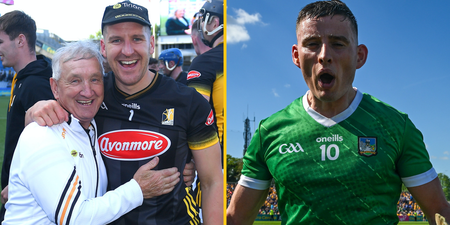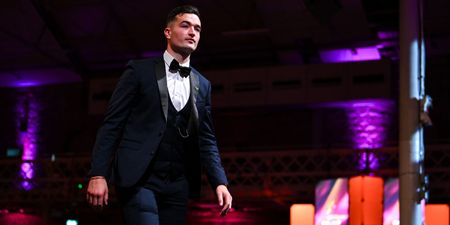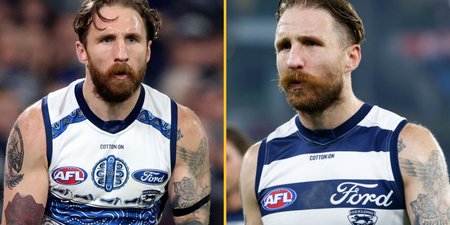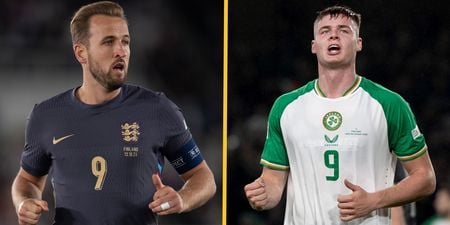They say goals win games but modern-day hurling takes that reckoning to within an inch of its life.
Welcome to the new age, home of the light sliotar and the thin rims, the refined hurls with the big bas and last but by no means least, those short, lateral passes that give the whole thing life.
When all these factors join together, only a fool would be surprised to learn that long-range shooting is the name of the game. Jason Forde can score from 80 yards with about 40 to spare, Gerald Kelly for God-sake, can score from his own 14 yard line so with these sort of minor-miracles happening every game, then why the hell would anyone risk going for goals?
After all, Limerick won the 2020 All-Ireland title without raising a green flag in four of the five games they played. Goals still have their time and place, such as in Croke Park during last year’s semi-final when Darragh Lyons and Stephen Bennett turned Kilkenny on their heads with a pair of game-changers. You watch Seamus Callanan, TJ Reid or Shane O’Donnell and you see goal written all over every move they make.
But for the most of them, you couldn’t watch a game of hurling these days without remarking that those gilt-edged goal chances which used light the whole thing up, are getting fewer and further between.
Kilkenny have long been known as the goal kings of hurling and the sight of legends like DJ Carey and Eddie Brennan not just going for the jugular but hunting it down will never die. Paul Murphy was a part of that panel from 2009 to 2020 and on Thursday’s GAA Hour, he discussed the training games and the natural instincts that inspired those great goal-getters of years gone by.
“We’ve had great goalscorers over the years, great goalscorers like DJ, Eddie Brennan – lads like that who you just associated with goals, nothing to do with points.
“In training, we certainly would have had a thing where it was ‘right lads, goals only.’ There’d be also no frees so if you had to run through a fella then you absolutely would.”
Goals and goals only. At all costs and with no holds barred, it’s no wonder, with this wild game of no points and no frees, that the Cats got usually got the score that was worth the most.
“It would have been a thing where ‘we might as well just throw the shackles off here and see what we can do.’ You could get the ball out near the 65 and you’re turning and running towards goal. A lad will have to support you now, you could give it to him, there’s another lad coming at you, it could be easier to take the point but goals only, keep going for goals.”
“I’m not saying training like that is the only reason, but we seem to have had lads over the years who would just turn and go for goal. I think you see that in teams when the confidence is up and they believe they can go at you, run at you, go for goal.”
“It’s just about having that killer instinct, maybe when another team is out on their feet, a good forward will smell blood and they’ll take you on.”
If that was Kilkenny’s game-plan, then Eddie Brennan carried it out to military precision in the 2011 All-Ireland final against Tipperary. In the moment the whole game changed, the point was on but with tired legs all around him, the Graigue Ballycallan player didn’t want anything to do with it. He hared down the centre, drawing the tacklers, waiting for the chance, before setting up Richie Hogan for one of the great All-Ireland final goals.
What a hand-pass from Colin Fennelly 😱
What a run from Eddie Brennan 🏃
What a finish from Richie Hogan 💣
Kilkenny won the 2011 All-Ireland final with an absolute corker ⚫️🟡pic.twitter.com/WzbVHYBKJX
— GAA JOE (@GAA__JOE) March 1, 2021
“There’s nothing a defender hates more than to be ran at,” adds Murphy. That’s why as a back, even if you’re out on your feet, you’ll let on to be flying it. Good forwards will do it, they’ll test the waters and they’ll take you on.”
You’d love to see more of it.




















































